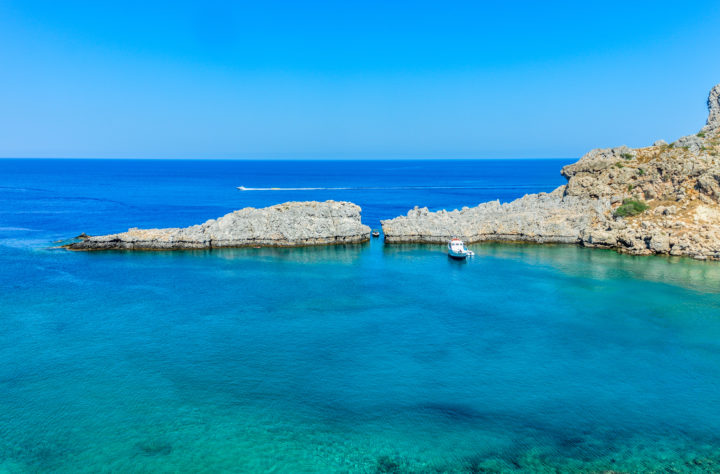Franchthi Cave – Early History of Greece
Comments Off on Franchthi Cave – Early History of Greece
 Located along the southeastern coast of Greece, Franchthi Cave is a region with a fascinating history. The cave and area surrounding the cave attracts many researchers because it is home to one of the earliest and most continuously occupied human settlements. Archaeologists have been excavating Franchthi Cave since 1967, and they have found many discoveries that has helped us all understand more about early Greek history:
Located along the southeastern coast of Greece, Franchthi Cave is a region with a fascinating history. The cave and area surrounding the cave attracts many researchers because it is home to one of the earliest and most continuously occupied human settlements. Archaeologists have been excavating Franchthi Cave since 1967, and they have found many discoveries that has helped us all understand more about early Greek history:
Franchthi Cave During the Paleolithic Period
The earliest evidence of human settlements at Franchthi Cave date all the way back to 38,000 BCE. During this time, the settlement at Franchthi was relatively small. A group of nomadic hunters would use the cave as one of their seasonal campsites. These people left behind stone tools and other evidence of their hunting. The fact that researchers have found obsidian from the island of Melos in the cave indicates that the Franchthi settlement had some sort of trading contact with another seagoing group.
The Mesolithic Period at Franchthi Cave
After occupying the cave almost continuously between 38,000 BCE and 12,900 BCE, the people in the area apparently moved out. However, it was quickly occupied by a new culture that settled in the area for the fishing and gathering opportunities along the coastline. This new settlement at Franchthi was larger and more technologically advanced. They hunted deep in the ocean for tuna and took the time to bury their dead carefully.
Neolithic Settlements at Franchthi Cave
During the Neolithic period, Franchthi hit its peak. Starting around 7,000 BCE, the Franchthi Cave residents had access to domesticated plants and animals. The more convenient food sources gave them time to do things besides hunt for food, and a more distinctive culture began to emerge. People created living areas outside of the cave made out of clay and stone, and they also used this clay to create vibrantly colored pottery. They terraced this region, called the Paralia, to make farming even easier. Many small human and animalistic figurines have shown up, and some of the residents turned the native cockle shells into beads that could be traded for other goods. Franchthi’s oceanside location put them in an ideal spot for trade with both inland and seagoing communities.
Franchthi Cave During Later Times
After 3,000 BCE, Franchthi Cave was primarily abandoned. It no longer held any sort of human settlement. This turned out to be a good thing because it ensured that the ancient remains were preserved until modern times instead of being cleared out by future settlements. The rising ocean covered much of the Paralia region, but ancient Greeks still remembered that the cave had held a special meaning for ancient cultures. Some fragments of Classical Greek votives suggest that religious rites were held in the cave.
The excavations at Franchthi cave have provided a detailed look at what human life was like during the stone age. Since humans lived in the cave for such a remarkably long period of time, researchers can see how society changed as humanity evolved. As research at Franchthi continue, we can hope to discover even more insight into the life of the average Stone Age human.
Source:
Categorized in: Ancient Greek History
This post was written by Greek Boston





